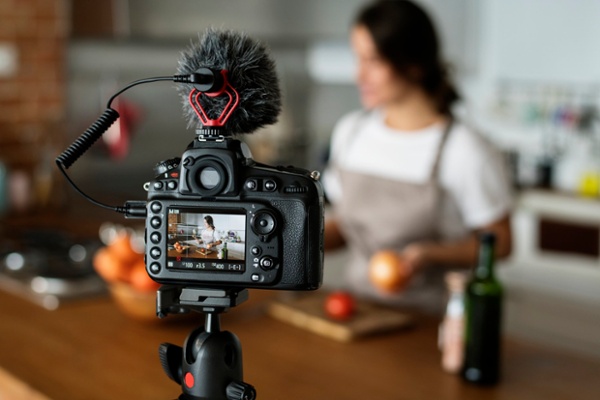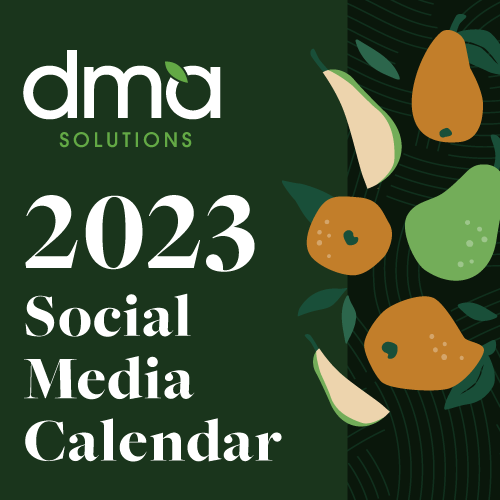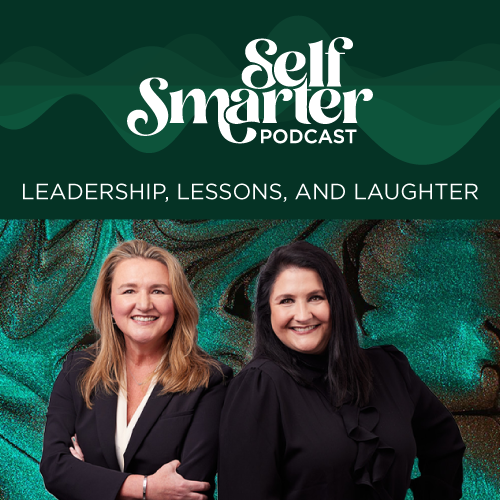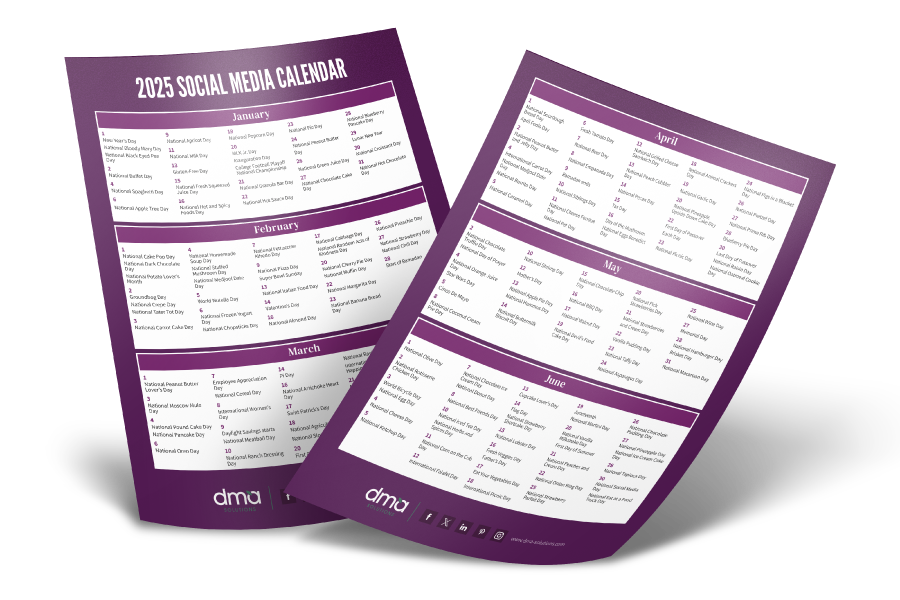With influencers continuing to make their mark on the brand frontier—and with millions of them to choose from—it’s no wonder that choosing the right influencer has become a difficult task. But don’t worry, we’re sharing what we’ve learned about influencer marketing over the years to make it a little easier! (Hint: it’s all in the details.)
Here are three things you need to keep in mind when choosing your brand influencer:
Engagement Rates
The familiar saying “it’s all in the numbers” rings true—but not in the way you might think. Don’t bank on the influencer having a million followers on Instagram, for instance. The real number to pay attention to is the engagement rate: the ratio of likes to followers. The industry standard is an engagement rate of 1-3%. For example, an influencer that has 163,000 followers should have at least 1,600 likes for the majority of their posts to hit the 1% mark.
(Note: typically we measure engagement using the ratio of actions to views, but because you don’t have access to this information for accounts you don’t manage, it’s best to use the likes-to-followers ratio as a baseline.)
Even Kylie Jenner, one of the most famous influencers in the world, has an engagement rate of 3-4% on average. So don’t get stuck on choosing influencers that consistently have, say, a 10% engagement rate…because they don’t exist. What you’re really looking for is an active following supporting the influencer. For example, how many people comment on their posts? Likes? Shares?
Generally, we look for influencers with at least 10k followers. That signifies to us that it’s more than a coincidence that so many people follow this account, and it’s also the “magic number” for Instagram to allow special links in stories (which make it more convenient to swipe up and follow links to a blog or a certain webpage).
Pro tip: Do not rely on follower numbers alone. It is very easy to “buy” followers that never engage with the account—because they’re “bots,” or fake accounts. Instagram especially has taken “bots” very seriously, and is taking action by deleting thousands of these accounts every day. Don’t become a victim of this black-hat tactic!
Platform Coverage
Have you done your research on your target audience? To make the best influencer choice, look at the platforms that your target audience is using. Hint: Instagram doesn’t always work for every audience. For example, did you know that more men than women use Facebook? Or that 33% of 18-29-year-olds look at Instagram several times a day?
For more statistics like this, check out Stats That Prove: Edition 1.
More people than ever (us included) are looking for fresh inspiration wherever they can find it, but it’s important to be strategic about the influencers you choose, including what platforms they utilize. The simple fact of the matter is that your campaign should live where your target audience is. However, the beautiful thing about social media is that influencers often have a presence on multiple platforms. For fresh produce marketing especially, Pinterest has grown to be a key point of interest, along with Instagram. For instance, we’ve worked with influencers who have 25k Instagram followers, but 2 million monthly Pinterest visitors. That’s a great range of coverage!
Pro tip: When examining an influencer, always make sure that they have a website. If they have one, they’re more than likely treating this account as a job instead of a hobby. It’ll also be easier to see what platforms they’re on!
Messaging
Alright, so a potential influencer partner has the right engagement numbers and platform coverage. Check and check! Now what? The last—and most crucial—step is the influencer’s messaging. What are they saying to their audience? Do they show personality? Most importantly…what message does it send to your audiences that you partnered with this influencer?
While some of these may seem obvious, here are several red flags for influencer messaging that are sometimes overlooked:
- Excessive profanity
- Blurry photos (brands should strive for high-resolution images)
- Overly sexualized photos
- Consistent spelling errors (we all have access to Google and word processor spell-checkers!)
- Very little text in captions (influencers should have something to say beyond what is depicted in their photos)
Remember, an influencer is a reflection of your brand and your company. Think of it like this: didn’t your parents ever remind you that your behavior when they aren’t around is a direct reflection on them, and the whole family? Think about influencer partnerships in the same way: they are directly representing your brand—and your brand’s values—each time they post branded content.
Pro tip: Videos actually get more views than any other type of post. Hubspot cited that over half of consumers want to see more video content from a brand or business they support. This type of messaging is sure to grow even more over the next few years.
Thinking of establishing an influencer partnership for your brand? Reach out to us to get started! More on influencers:
- Myths Marketers Need to Stop Believing About Influencers
- The Pros and Cons of Influencer Marketing
- Integrating Influencers into Your Brand’s Social Media Marketing
- How Smaller Influencers Can Reap Huge Results For Your Brand
- Are Your Influencers Authentic?
Have something to add? Leave us a comment below, or tweet to us at @TheCoreBlog!
{{cta(‘bcd8a198-582f-4f95-bbc3-fd4254518f02’)}}












